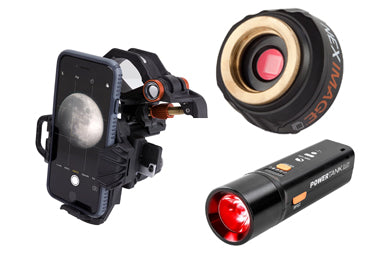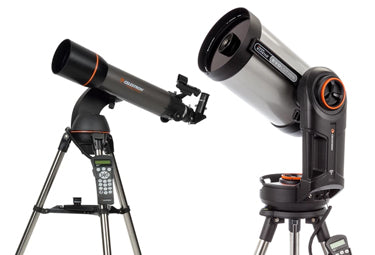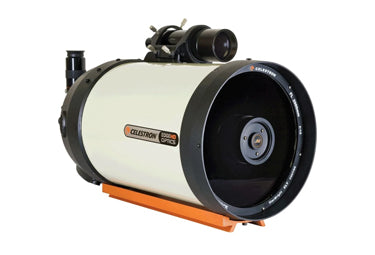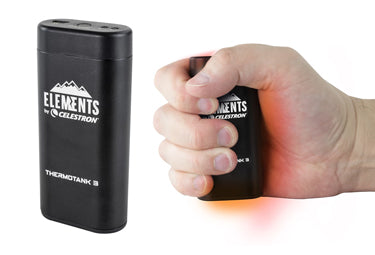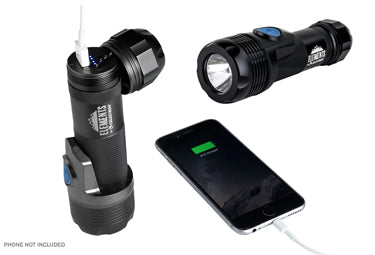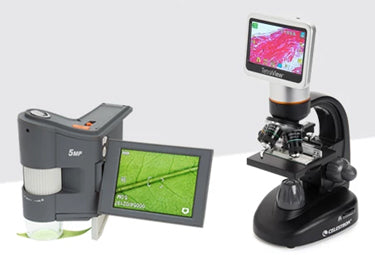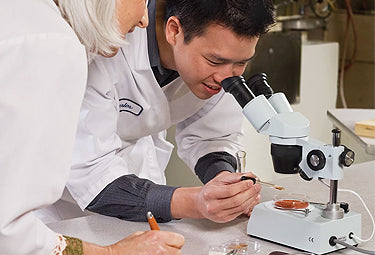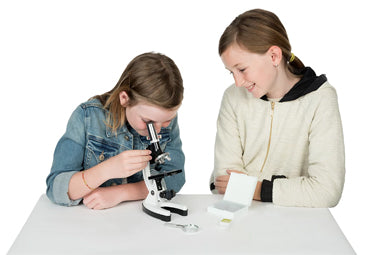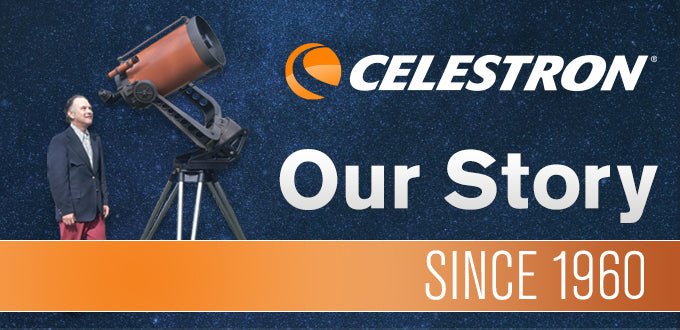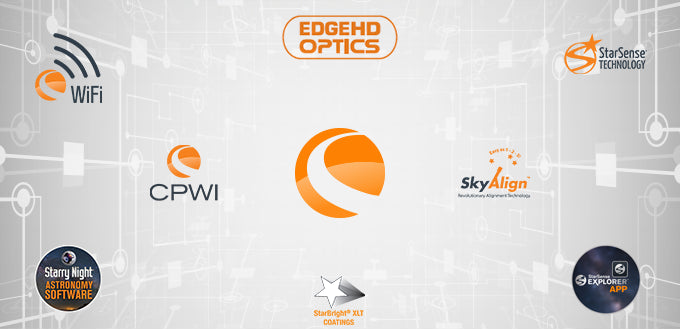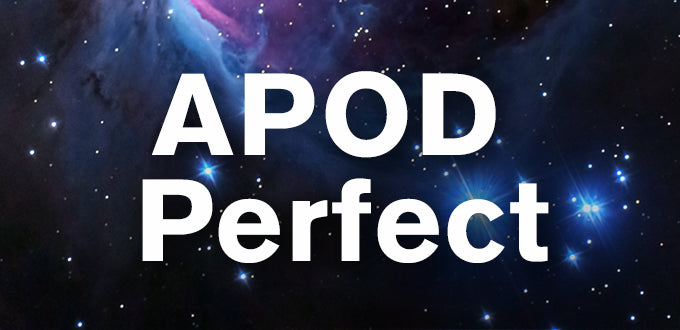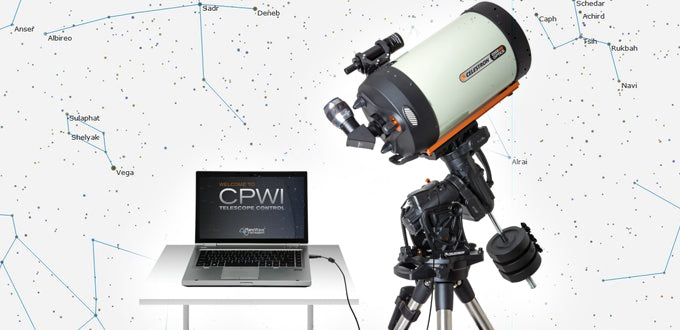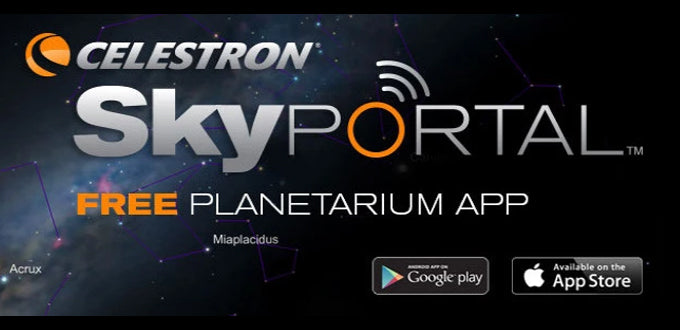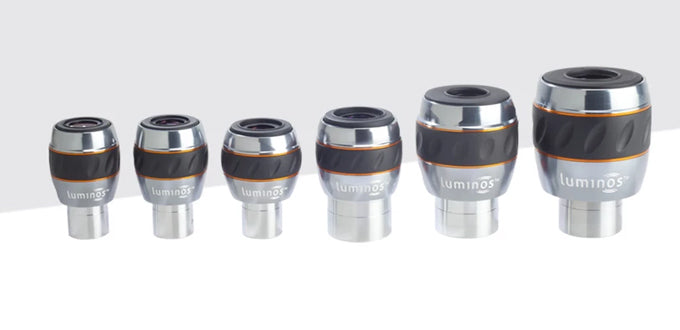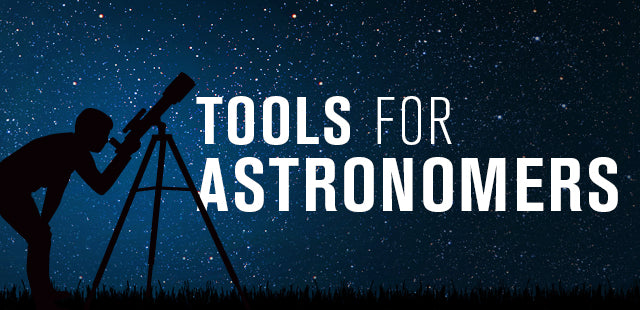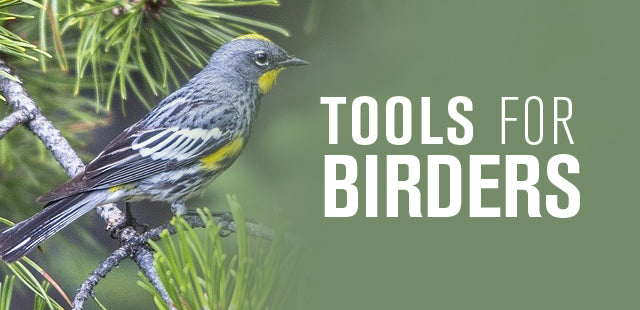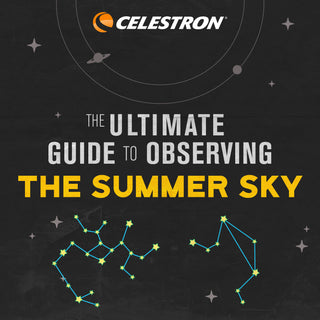Which scope aperture is best for different kinds of objects?
June 8, 2023

While small telescopes can show a lot of objects, they may only be seen as colorless dots or smudges. Size does matter in astronomy–bigger is better in many cases. The larger the lens or mirror diameter or aperture, the more light your scope gathers and the higher resolution (ability to see fine detail) it has. Larger scopes also have longer focal lengths, meaning greater magnifications and image sizes are possible with both the eye and camera. Faint objects like nebulae and galaxies demand large aperture scopes. Planets need longer focal lengths for higher magnification views and large apertures for high resolution. Nonetheless, here are some recommendations for specific scopes versus specific types of astronomical objects and observing:
 |
The Sun: A small scope properly equipped with a full-aperture solar filter will provide very good views of the Sun under typical daytime seeing (atmospheric steadiness) conditions. A moderate focal length will reveal granulation and sunspot details with your eyepieces. Apertures of 6 inches (150 mm) or less and focal lengths of 1000 to 1500 mm are good for looking at our closest star. |
 |
Planets: Here you’ll need a long focal length scope to take advantage of high magnifications (when the atmosphere is steady enough to use them). to be able to see details in Jupiter’s clouds, Mars’ features, etc. Large aperture is also great for high resolution when using with high magnifications. Therefore, the bigger the scope, the better to take advantage of good seeing for planetary viewing. Big scopes will also let you see faint Pluto, planetary satellites and minor planets. The best scopes are at least 5 inches (125 mm) aperture and 1250 mm focal length or more. |
 |
Open Clusters: Except for the very biggest and brightest star clusters (Pleiades, Hyades, Beehive, Coma Cluster, etc.). You will need as large an aperture as possible and moderate to long focal length as well for the most interesting and star-filled views. The best scopes are at least 5 inches (125 mm) aperture and 1250 mm focal length or more. |
 |
Globular clusters: While pleasing views can be seen with smaller apertures, in order to resolve the cores of many of these clusters. You will need scopes on the order of 11 inches (280 mm) or larger. Long focal lengths scopes of 1500 mm or longer are required to provide higher magnification. |
 |
Nebulae: Clouds of gas and dust vary enormously in size and brightness. The bright, larger ones like the Great Nebula in Orion is best seen in relatively small scopes. Larger scopes targeting this nebula and other objects of its class will reveal details that cannot be seen in smaller scopes. The only sacrifice going to larger scopes is the loss of a wide field of view encompassing the entire nebula. (This is because they will usually have longer focal lengths, resulting in higher magnifications and smaller fields of view with typical eyepieces.) For bright nebulae, choose medium aperture scopes with relatively short focal lengths to capture the entire gas-dust cloud in the field of view. Use apertures of 5-8 inches (125 to 200 mm) with focal lengths of 1000 mm or less. On the other hand, faint nebulae demand larger aperture just to capture enough light to see them. Some are also very large–many degrees across. Use scopes of at least 8 inches (200 mm) and focal lengths of less than a 1000 mm for faint, larger nebulae. For fainter, smaller nebulae, scopes of at least 8 inches and focal lengths of 1000 mm or more are recommended. |
 |
Planetary nebulae: large scopes with long focal lengths are superior. Faint central stars are visually challenging in even the very largest amateur scopes. Use at least 11 inches (280 mm) aperture and 2000 mm focal length or greater for best results. |
 |
Galaxies: simply demand large apertures and longer focal lengths. With a very few exceptions, they are so far away and so faint that small telescopes will only show them as smudges. If you are a galaxy hunter, do not start out with anything less than 8-11 inches (200 to 280 mm) to be able to see details in these other "island universes." |
 |
Meteor Showers: This celestial event is best observed with the naked-eye. Due to the speed and field of view, the meteor shower will be out of your telescope view before you even put your eye to the eyepiece. Using binoculars with a wide field of view may work. The best thing to do is plan a trip outside the city, so your eyes can dark-adapt to see more of the fainter meteors. If you observe from the city, give your eyes at least 20 minutes away from bright lights and screens to dark-adapt. |
 |
Comets: These moving celestial bodies scan be seen with smaller apertures depending on how bright the object is. Though to see the entirety of the comet (coma, ion tail, and dust tail), you will need telescopes with a wide field of view and a low focal length, like a short refractor or short Newtonian. Longer focal lengths can be used when observing the comet but you will not see the entire comet in your field of view. |

